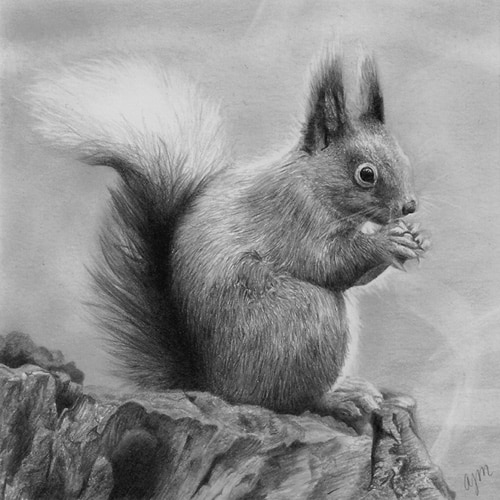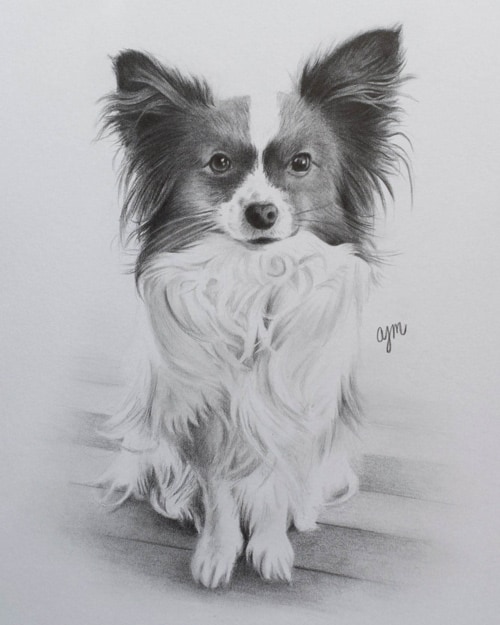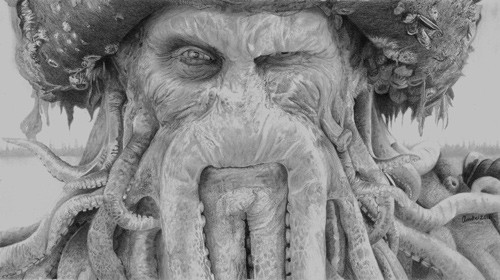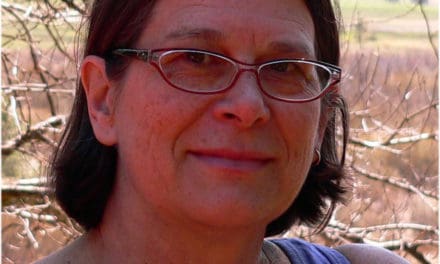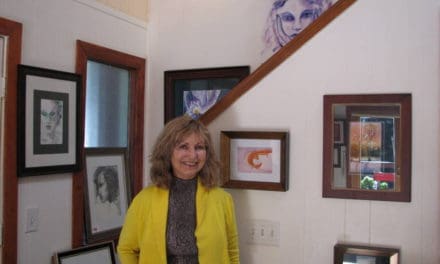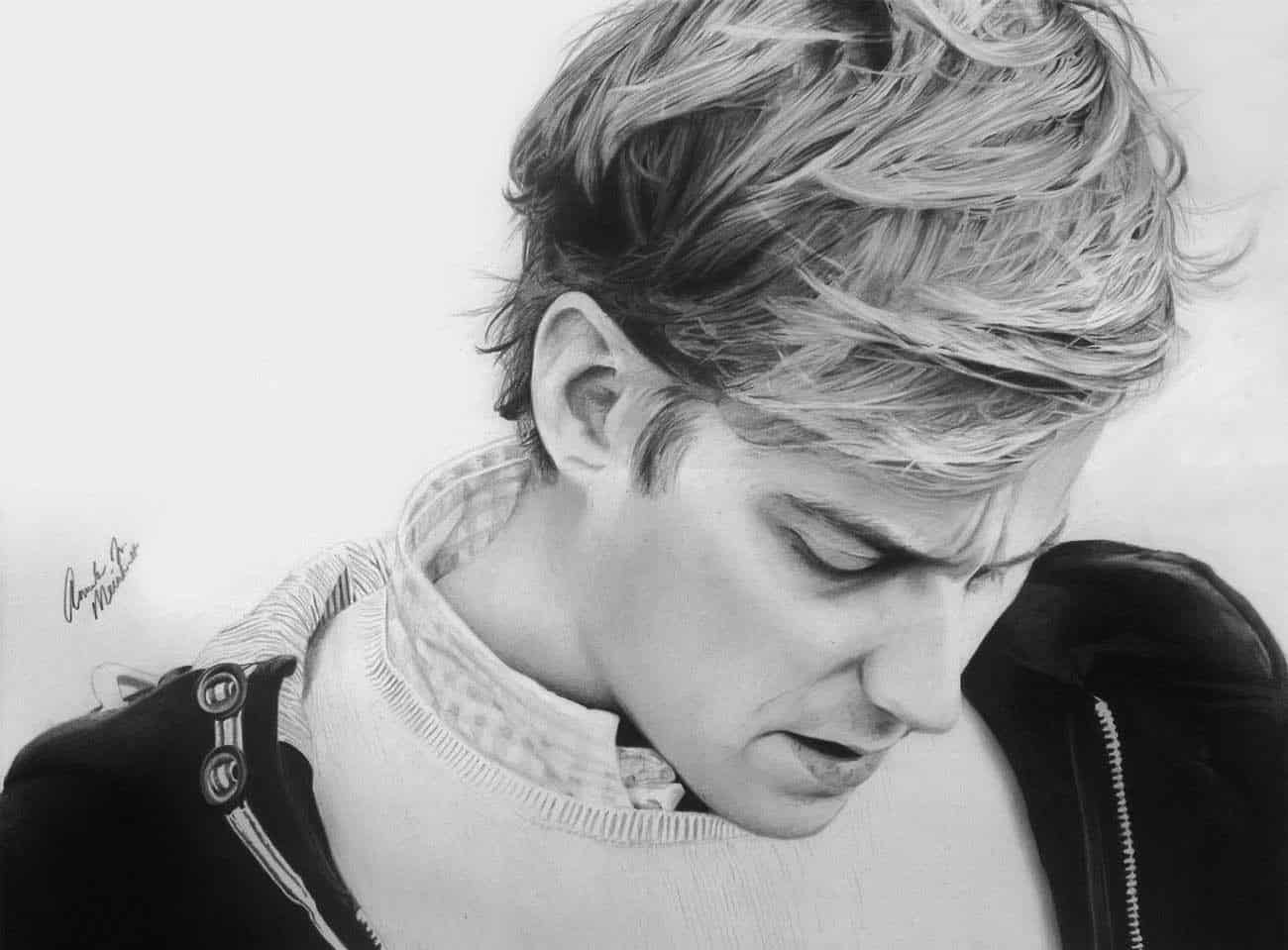
By Molly Barber
“It isn’t the mind that creates beautiful work, it’s the soul…” -Joe Duncan
True art evokes something inside of us. It resonates in the soul and fuses itself into our being. We don’t just see or hear art, we feel it. The first time I experienced this kind of emotion with art, I wasn’t actually the one feeling it. My professor, for my media criticism class, was from Genova, Italy and she showed us the painting “Annunciation” by Antonello da Messina. This is a painting of Mary being told by the angel that she was with child. We studied the painting but it wasn’t until she started getting into the aesthetics of it that she got emotional. As she described to us the symbolism within the piece I began to understand the depth of art but it was her reaction to it that left a lasting effect on me. From then on, I became more aware of how people react to art, how it effects them emotionally and physically. And one artist I’ve been watching as of late, leaves her audience in a jovial awe.
This artist happens to be Anneke Meinhardt and her art of choice, at the time, is graphite pencil drawings. I say ‘at the time’ because she wants to be able to explore other mediums of art like colored pencils and watercolors but for now is staying busy focusing on learning and perfecting her skills with graphite pencils. “I feel like I want to learn everything that I can about it and really master whatever the pencil entails, and that’s a regular graphite pencil,” Anneke explained to me. She told me about taking art classes when she was younger but didn’t feel like she had the desire to study it, rather just draw what she felt like at the time. “I think I’m also more mature now in a sense that I’ll take the time to actually understand theory behind art… So now I’m going to go out and buy all the tutorial books that I can and just learn what are the basics for everything. And then I can turn that around into saying what I want to say and making it look like what I want it to look like… hopefully.”
Anneke’s never had any formal art training. When she was younger she took a couple of art classes with local Westwood artist Jacquie Cordova and it was clear she had talent but it wasn’t until 2013 that we became aware of her knack for realism. “So the funny story of how I started to do realism is that I was going through a really bad breakup in Hawaii and I didn’t know what to do with myself but drawing appealed to me as a place where I could just sort of like hide or a sort of therapeutic place for me to exist in. So, I started drawing out just the eyes of a person and then I thought, ‘Maybe if I draw this person, I can get over it and get it off my chest or out of my mind’… That didn’t work but that was the first point where I was like maybe I should do this more because I really enjoyed it and I actually came out with something I didn’t know I could do.” Thus, began Anneke’s realism drawings.
What I love about Anneke is the fact that she doesn’t just draw to explore a creative outlet, she wants to understand art at it’s core. “I’ve been reading stuff on the brain and it’s really, really, really, amazing! The left and right sides of the brain being totally different things and so when you’re doing art you’re in the right side of your brain. It doesn’t have to be like fine arts, if you’re reading or playing the piano or things like that, even watching a show; you’re using a different side of your brain and I think that does something to you.” Anneke explained enthusiastically. “So I guess that’s where I realized drawing is so therapeutic because you know how you have a voice in your head that’s like the negative verbal side of you that’s just always telling you, ‘you can’t do this right’ or it could be like really critical or demanding? All that mental chatter, that’s all in your left brain. So when you go to the right side of your brain, you’re actually giving yourself space from that internal dialogue that can get a little tiring. That’s why I think that everybody should do art.”
This idea that everybody should participate in one form of art or another is something Anneke believes whole heartily. One of the explanations she gives to this theory has to do with another book she read by Jill Taylor called, “My Stroke of Insight.” Taylor was a neuroscientist who had a stroke and experienced what it’s like to
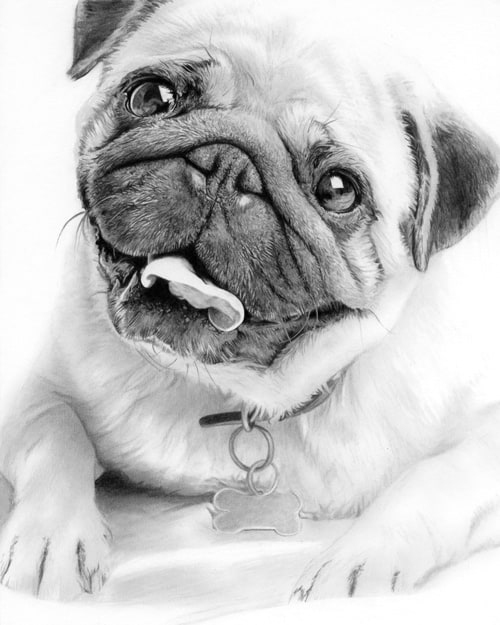
have parts of your left brain shut down. Taylor took the experience and turned it into a positive one. Using the right side of the brain to be at peace with what had happened and how to harness that positive energy and turn it into something productive. “It’s actually a good thing for a lot of people because your right brain is like at peace with the universe. I know that sounds really, super hippy and everything but really it’s what everybody needs to experience. And for me that’s what verifies art is so important for everybody and who they are.”
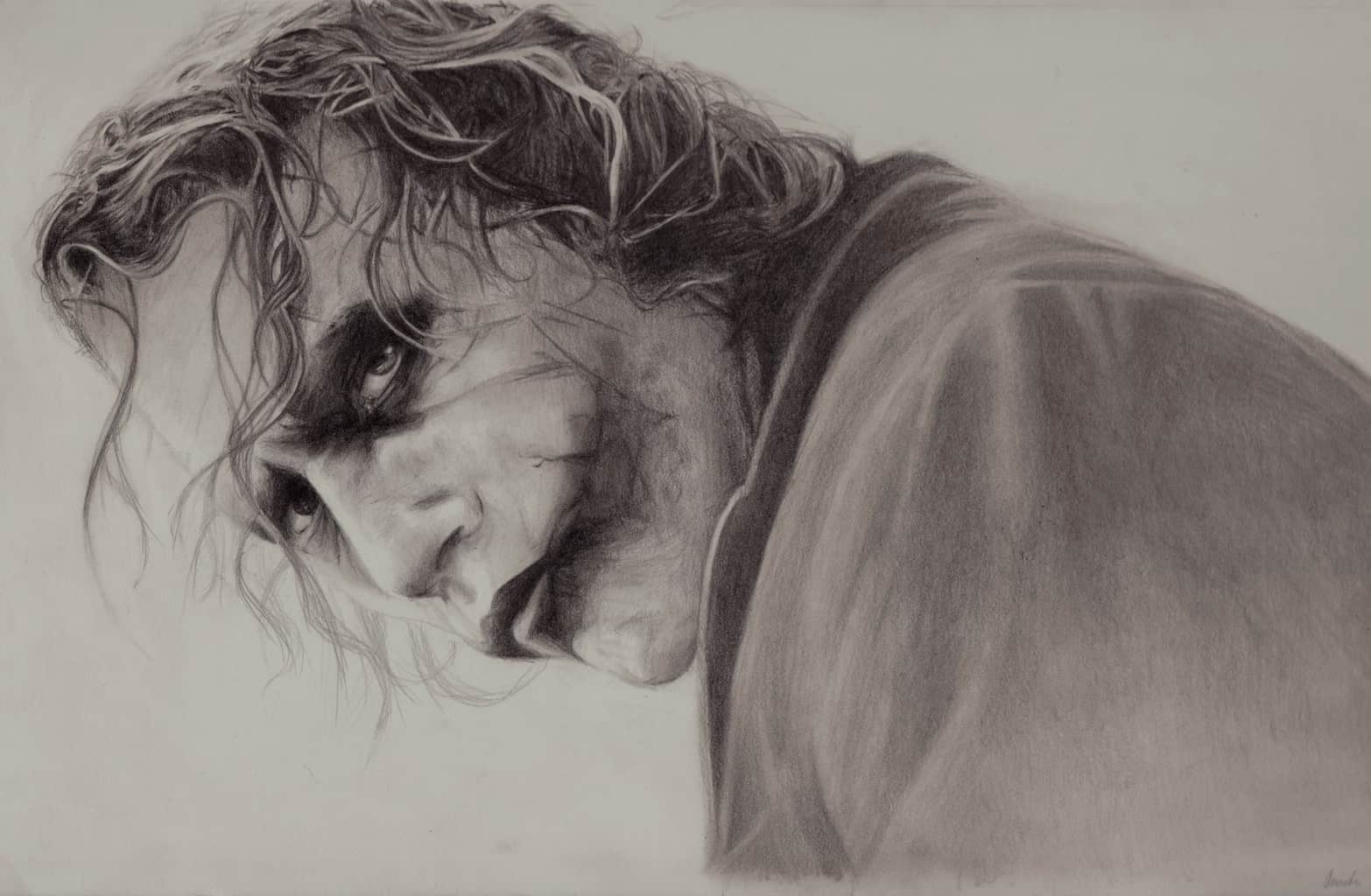
One thing Anneke wanted to make very clear in her interview with me is the idea that everyone has the ability to be an artist. “I think it’s really sad because I think what holds a lot of people back from trying art is that they tried it once as kids and someone maybe made like a mean comment or maybe they just weren’t really encouraged to go with it but for whatever reason people developed negative feelings towards it. But everybody is one. It’s not something that you just are or aren’t, it really is practice and working towards that. So people sell themselves short by saying ‘I wasn’t born with that gene so I can’t do
that,’ but just trying, is a really important thing.” Anneke herself dealt with negative emotions when it came to her art. She sometimes felt like she wasn’t being creative but rather only copying a photography, she didn’t believe it was talent to draw something that was already there. Her attitude on this started to change when she got a job at a studio owned by world renowned sculptor Richard McDonald.
“Getting to work with artists kinda helped me realize I was part of their world and explained a lot of my idiosyncrasies. I was like ‘Oh okay, I always thought I was weird but maybe I was just an artist.’ So that chapter of my life helped me gain confidence in who I was and what I was doing.” Around this same time she found her art mantra- There’s No Room For Fear. “It’s a good thing to apply to anything in life but for me a lot of things that would get in the way were emotions of being not good enough.”
I love looking at Anneke’s art. I love that you have to keep reminding yourself that this isn’t a photograph, it came from her hand. There’s a sublimeness to the way she captures the life in the eyes. And when I show people her work, I wait and watch their expressions, how it affects them… Almost always I get a smile but every single time there is a sincere reverence. People connect to this work and I don’t know if it’s because of the subjects she picks or the fact that her amazing personality shines through-speaking to audience; all I know is whatever she’s doing works. I also love the fact that she wants people to find their own talents within art, not just for the sole purpose of creating art but for the peace it affords it’s creators. “I think what people really enjoy doing is whatever they can do and not think about their phones, if that makes sense. So if you can, just escape somewhere.”
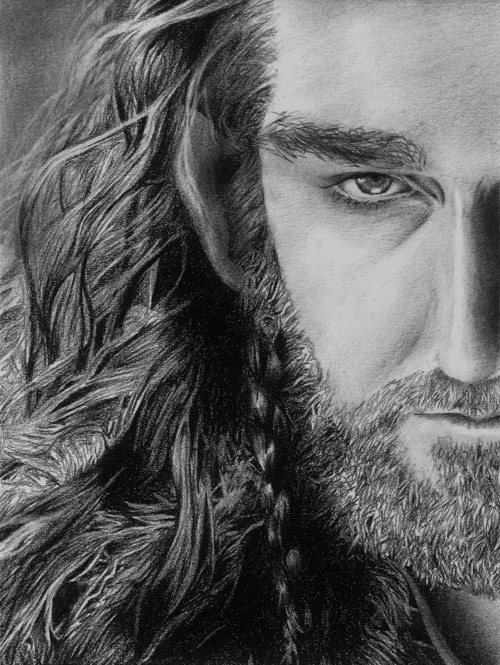
You can view more of Anneke’s art on her website-www.annekespencildrawings.com, Facebook page- Anneke’s Pencil Drawings, or her Instagram – Shy_Sketcher. She does commission work and you can view prices on her website. As I leave you, I hope you not only enjoyed this article but her artwork. I hope it leaves you with a smile and maybe the push you need to find your art, the one that can make you forget about your phone and the fear of failure because if there’s one things Anneke’s taught me, it’s that we’re all artists with different types of art to give.
